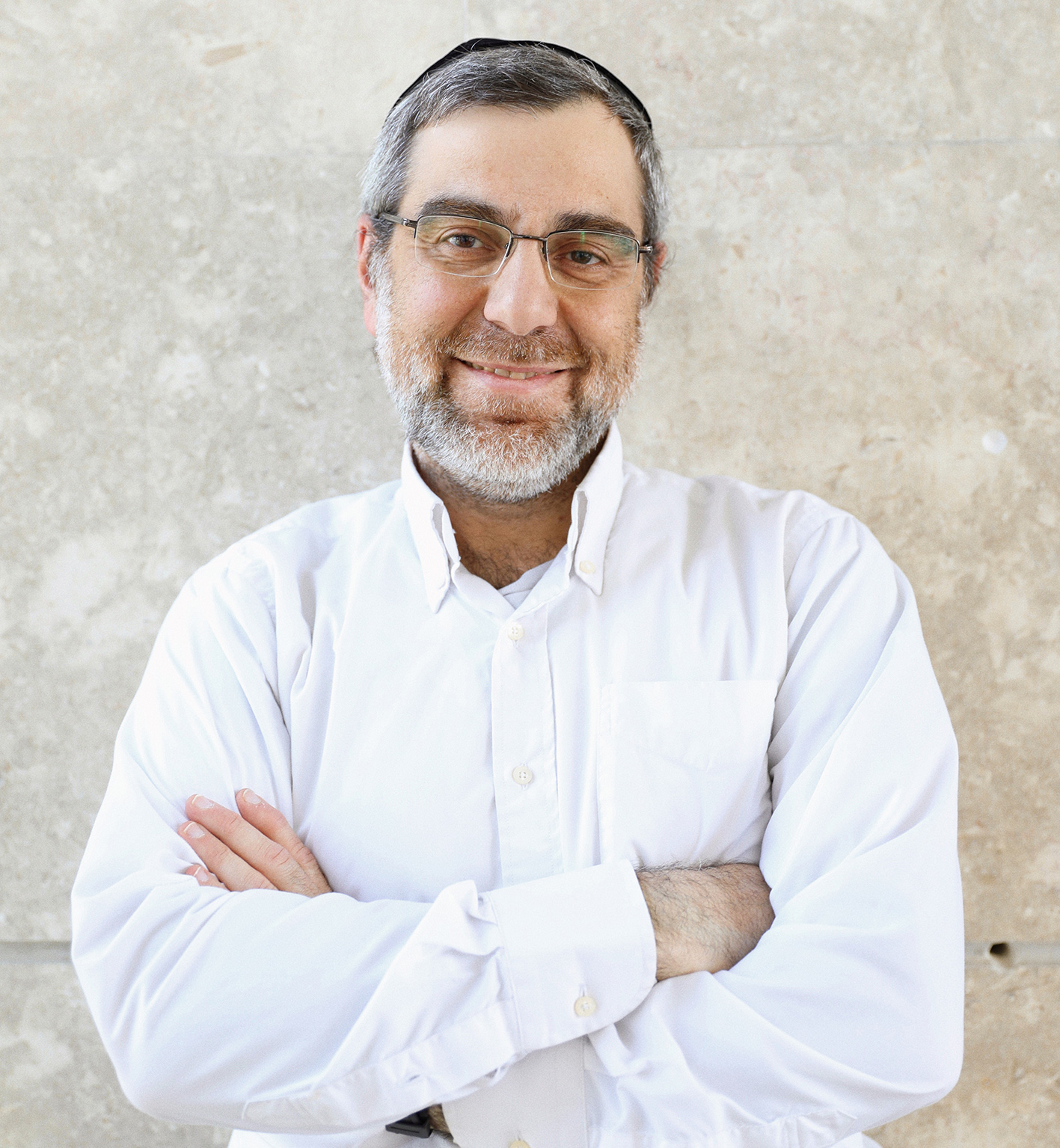
Enti collegati:
Bar-Ilan University
Ruolo:
BIU Scientific Responsible
Gilbert Daniel Nessim is Associate Professor at the Bar-Ilan University. His research laboratory focuses on the synthesis of 1D and 2D nanostructures using state-of-the-art chemical vapor deposition (CVD) equipment. The scientific focus is to better understand the complex growth mechanisms of these nanostructures, to possibly functionalize them to tune their properties, and to integrate them into innovative devices.
We extensively collaborate with other groups in BIU, with other universities in Israel, with many groups in Italy (Politecnico di Milano, Sant’Anna di Pisa, U. Verona, U. Bergamo, Ca Foscari, etc.), and in the USA (Prof. Cary Pint, Vanderbilt) to do advanced characterizations of our nanomaterials and to integrate them into functional devices for electronic, mechanic, and energy applications.
We extensively collaborate with other groups in BIU, with other universities in Israel, with many groups in Italy (Politecnico di Milano, Sant’Anna di Pisa, U. Verona, U. Bergamo, Ca Foscari, etc.), and in the USA (Prof. Cary Pint, Vanderbilt) to do advanced characterizations of our nanomaterials and to integrate them into functional devices for electronic, mechanic, and energy applications.

